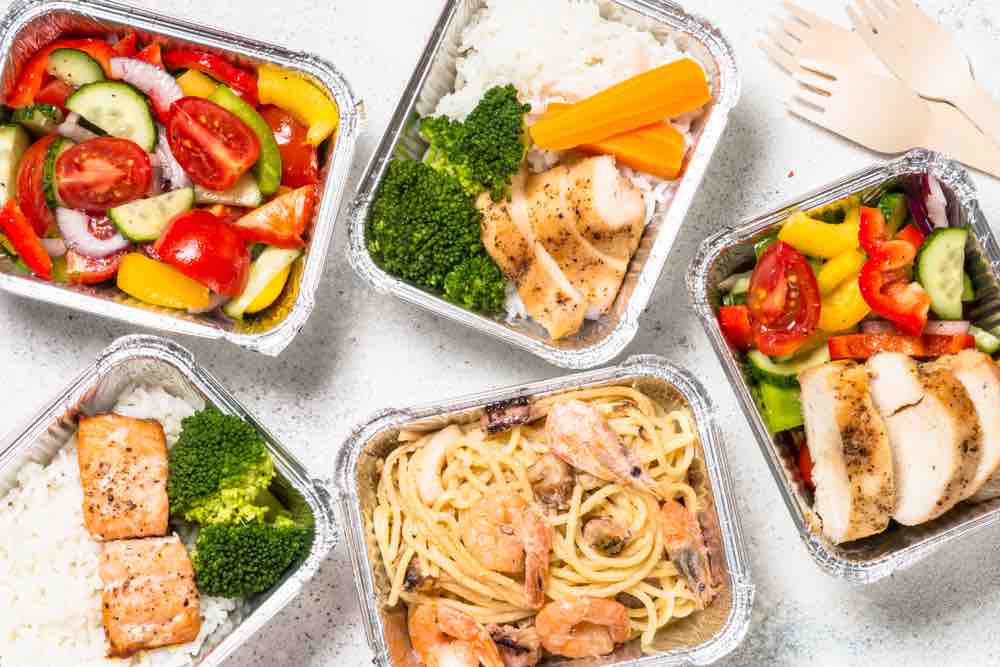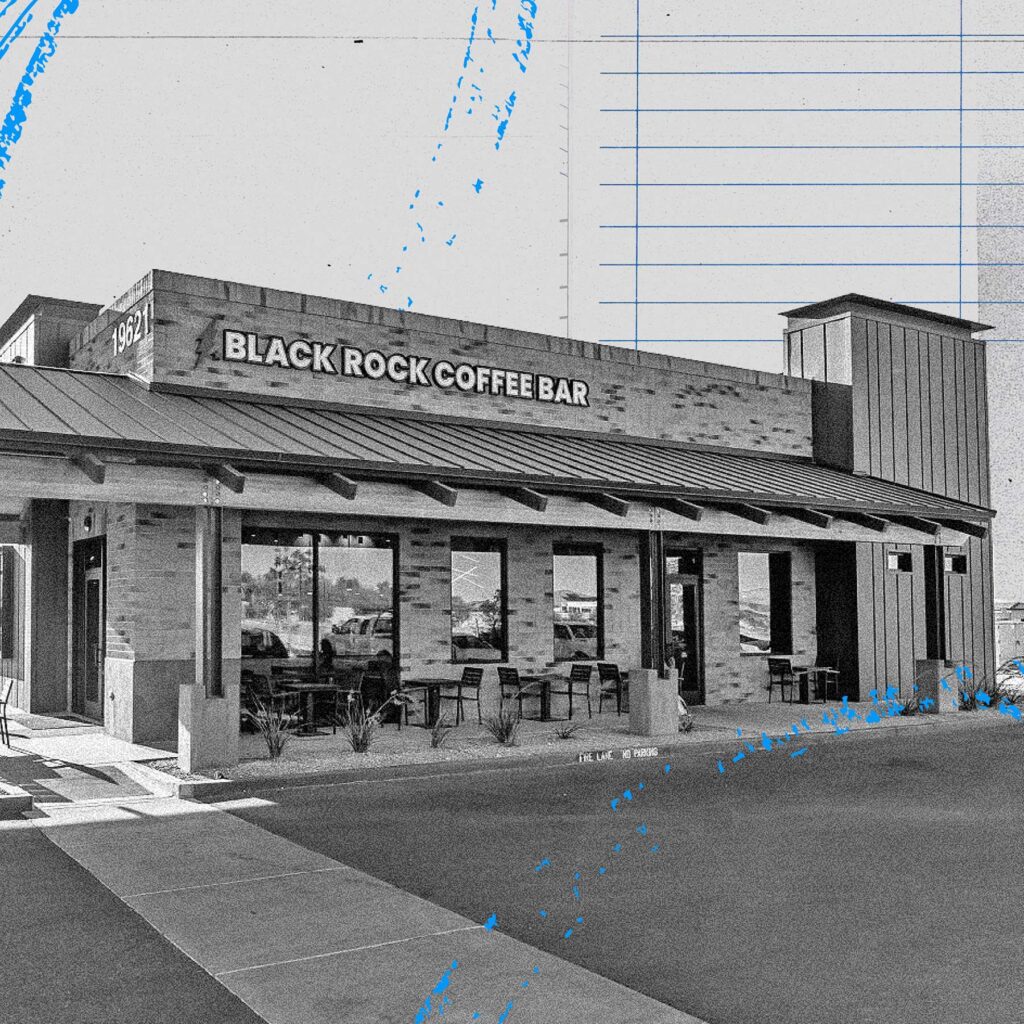Successful restaurant operations, in any kind of economy, depend on well-managed restaurant food inventory. Much of the typical food and beverage inventory in restaurants tends to have a relatively short shelf life, making accurate inventory numbers essential to run a functioning kitchen, make economical orders, and adapt to long-term trends.
No matter what business model your restaurant is operating on, managing your restaurant inventory helps you prevent waste, lower your food cost, and maximize your bottom line. However, especially if you are making the sudden shift to delivery only, staying on top of your restaurant food inventory is one of the most important things you can do to keep your business in operation.
Keep a lower stock inventory for delivery only
If you are switching to a delivery only model for your restaurant, you will want to strategically limit your menu offerings. A well-executed limited menu will allow you to lower your food cost and adjust to the limitations of delivery (travel, consumer preferences when eating at home, etc.).
When trimming menu offerings, avoid knee-jerk reactions about what items are best for your delivery model. Instead, focus first on which menu items are your most profitable and popular, based on your recipe costing and historical sales. Then, to start narrowing down your menu, examine which of your most profitable items can also travel well.
However, one of the most important considerations in creating your delivery-only menu is to analyze the ingredients used to make each item. If you are able to replicate ingredients across multiple items on your menu, you will be able to keep a smaller inventory. In a time when your business is experiencing fluctuations, reusing ingredients will also help ensure you cycle through your inventory before spoilage or waste. Finally, by simplifying your ingredients, you will also make keeping an updated and accurate inventory that much easier for your limited staff.
During these uncertain times, the supply chain is experiencing disruptions, particularly in specialty items. When planning your menu and inventory, make sure to also ask your vendors where they foresee potential shortages or price fluctuations. Proactively avoiding items that are likely to experience price inflation or shortages can help stabilize both your food costs and your physical inventory.
Plan for flexibility in menu to prevent wasted inventory
In the current climate, restaurant operators are trying to avoid wasted inventory at all costs. To allow your team room to make adjustments as needed, consider building flexibility into your menu. Add a daily special that uses surplus ingredients in ways that minimize your food waste and incorporate ingredients into existing dishes before they go bad. While this may require additional effort to update menus or communicate with staff, making the most out of what is already on your shelves helps lower your food cost and protects your bottom line.
When operating a delivery only menu, also consider accounting for product perishability in your menu itself by offering deals on particularly perishable items. For menu items such as fresh salads, offer a discount or featured deal to move that inventory through your restaurant quickly before ingredients spoil and become lost profit.Finally, in these times, restaurants are increasingly looking to innovative, experimental menu items for delivery. For instance, some restaurants are offering family-style meal kits for takeout or delivery. Others are acting like grocery stores or markets, selling sauces, produce kits, or other items like uncooked frozen pizzas. These new ideas can not only serve as additional sources of revenue, but they can also be strategically planned to optimize inventory use as needed.
Schedule consistent restaurant food inventory audits in advance
If your restaurant just made the switch to delivery only, it is more important than ever to stay on top of your inventory management. Not only will you probably be redesigning parts of your menu, but you will also likely be operating without parallel historical sales data with which to inform your inventory decisions. With a change in your business model, you will need to start tracking new patterns in inventory levels and adjusting your regular orders.
To start, make sure to establish a consistent schedule for tracking your inventory. As you adjust to a delivery only model, you may want to count your inventory more often than usual, until you start to establish a new baseline of sales and regular patterns. Consider creating different inventory count schedules for your perishable and popular ingredients, counting these items more often than your non-perishable or bulk inventory.
Organize, categorize, and implement “first in, first out” (FIFO)
Keeping track of your inventory takes valuable time, so try to make it as easy as possible for your staff. Organize and categorize your inventory storage, making it part of your team’s regular responsibilities. When it comes time to count your inventory, your staff will be faster, more efficient, and more accurate tallying an organized inventory.
In addition, use the common industry acronym “FIFO,” or “first in, first out,” to remember to use the inventory items you received first before using newer items. By incorporating this into your organization, using containers or dispensers, you can ensure your team is using inventory in the correct order and minimizing waste or spoilage.
Forecast demand
Forecasting your demand, creating predictions about sales based on historical sales data can be a powerful tool to help you manage inventory. An accurate forecast can help you make optimal ordering decisions, covering your baseline demand while minimizing the food left on your shelf that may be wasted.
Although forecasting your demand may be more challenging if you have recently switched your business model to delivery only, the sooner you are able to track your new sales trends, the sooner you can start making new forecasts with updated data.
Automate as much of your inventory management as possible
An accurate inventory system is critical for your restaurant, and you want to make it as painless and efficient for your team as possible. If you’re still using Excel spreadsheets and a clipboard, you are adding unnecessary layers of manual entry and room for error to the process.
Using an inventory management system to automate certain parts of the inventory process can save you time and energy. For instance, with an inventory management system connected to your point-of-sale (POS) system, you can automate tracking your theoretical food usage based on your sales.
Your team will still need to take manual inventory by hand to account for sources of waste, spoilage, or improper portioning. However, by using automated template tools and mobile- or tablet-friendly entry systems, you can streamline the process and help your team track your inventory with fewer manual entry errors.
Improve your restaurant food inventory management with technology
Inventory system technology can provide data that can be critical in making informed operational decisions. For example, inventory management tools allow you to implement tracking your actual vs. theoretical (AvT) food cost. AvT compares what inventory you should be using to produce your menu items sold versus what is actually used in your kitchen, highlighting specific, actionable areas of food waste.
Restaurant inventory management is a time-consuming task, but all restaurants need to track inventory to ensure smooth operations. Inventory management systems are designed to help you automate processes and provide the most accurate data available. Leveraging inventory management systems can make your team more efficient and save you time, allowing you to focus on long-term, strategic business decisions with accurate data at your fingertips.
Conclusion
Restaurants moving to a delivery only model must make tough choices simultaneously about staffing, menu offerings, and financial projections. Understanding the complete picture of your restaurant food inventory is especially essential when making big changes in your business model. During times of disruption and uncertainty, having accurate data informing the critical decisions you are making about your business is more important than ever.



